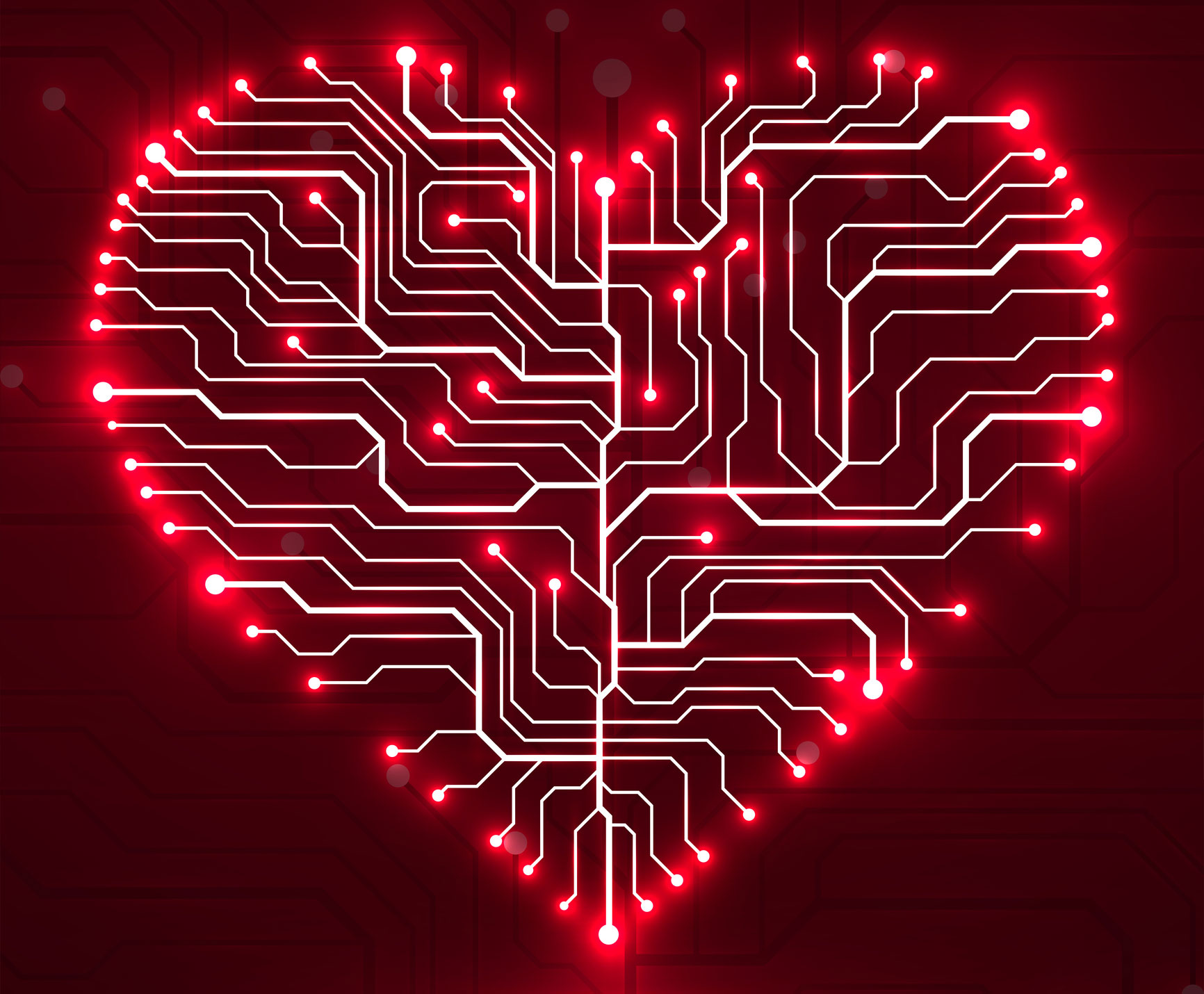<< Back
Teledildonics? Could Your Next True-Love Sexual Partner Be Non-Human?

February 26, 2019
Questions about men’s health, including sexual function? Click here to download your free informational guide.
With human brains wired to connect, the digital age has only expanded the ability to make liaisons of all kinds, from romantic to robotic.
Robotic? Indeed, the science of love, lust and intimacy has expanded beyond the human realm to such electronic connections as digisexuals and teledildonics, according to Dr. Les Lothstein, who retired from the Institute of Living but still maintains a private practice and lectures and consults on human sexuality.
“Sexuality is a basic form of maintaining social contact,” he said, adding that evolution has predisposed humans to connect to continue the species. “We are connected to the attachment phenomena linking arousal, desire, attraction, love and lust as fundamental components of a reward system and the pairing bonds that assist in child rearing.”
The digital age and societal advances, however, has thrown a few game-changers into the traditional study of relationships and love, he said. Those include internet porn, an increase in sexual addictions, the introduction of sex-enhancing drugs like Viagra and even feminism and the Me Too movement.
“One out of every three keyboard strokes in the world is to internet porn,” Dr. Lothstein noted. “We’re all sexual beings and we’re all curious.”
He predicted the world’s digital connections are about to introduce an entirely new layer to human sexuality and partners. Digisexuals result from advanced technology in robotics and virtual reality that can lead humans to form romantic and even intimate connections with non-humans.
“Sex as we know it is about to change, something of a sexual revolution,” he said.
Some of the allure of digital relationships might be human insecurity.
“The bedroom is a place of uncertainty – our brains are filled with our past experiences and we might have our parents or exes in mind. Then we worry about expectations, all of which can negate intimacy and sexuality,” Dr. Lothstein said.
The Intimacy-Desire Paradox, he said, uses evidence of hormonal changes in dopamine and oxytocin to describe how the greater intimacy a person experiences in a long-term relationship, the more stifled their sexual desire and passion.
While hormones and other influences can direct human relationships and electronic relationships are increasing, he stressed that romance is not dead.
“Love at first sight takes about 200 milliseconds for facial attraction,” he said. “It has to be quick because it’s evolutionary!”
For more information about services available at the Institute of Living, click here.
Questions about men’s health, including sexual function? Click here to download your free informational guide.